You might be thinking, “Er… what’s a crafting blog doing going on about 3D printing?”
Well, give us a minute.
We’ve recently invested in some 3D printers as we’ve seen some of our crafting peers do some amazing stuff with them. Seriously crafty stuff.
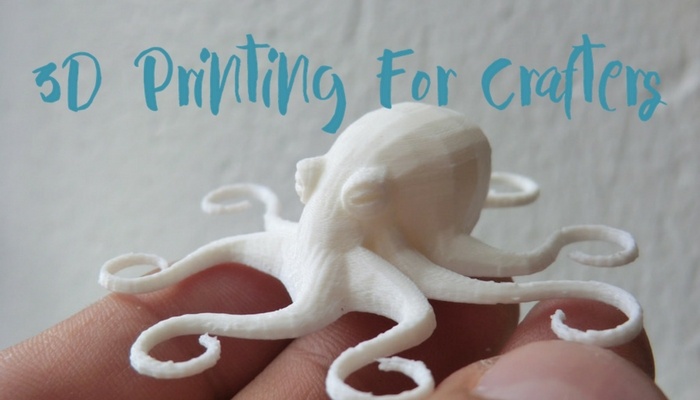
Photo by Creative Tools (CC BY 2.0 licence)
The do-it-yourself mindset of this day and age has touched on just about everyone, from computer scientists to crafters.
It feels good to take control of a project, to look at a finished work and know each step intimately instead of learning through an instruction manual.
3D printing brings this DIY attitude to a whole new level, allowing makers and crafters alike to enhance their projects in ways that were previously impossible.
3D printing may seem like a tech-heavy practice, and in many ways, it is.
But you don’t have to have a degree in computer science, however, to take advantage of the new accessibility of 3D printers.
Sculpt, replace crafting tools, and indulge your creativity through 3D printing and you’ll understand that technology and art don’t have to be so far apart, after all.
Here’s our complete guide to 3D printing for crafters…
Contents
What is 3D Printing?
3D printing is also known as ‘additive manufacturing’ — so named because the printer creates the object you want printed by assembling it layer by layer.
These layers are incredibly thin — around 100 micrometres.
Instead of carving out a form from a pre-existing block of plastic, a 3D printer layers the filament — usually a fine, thermoplastic wire — of your choosing until it forms the shape of the product you or someone else has designed as a Computer Aided Design (CAD) model.
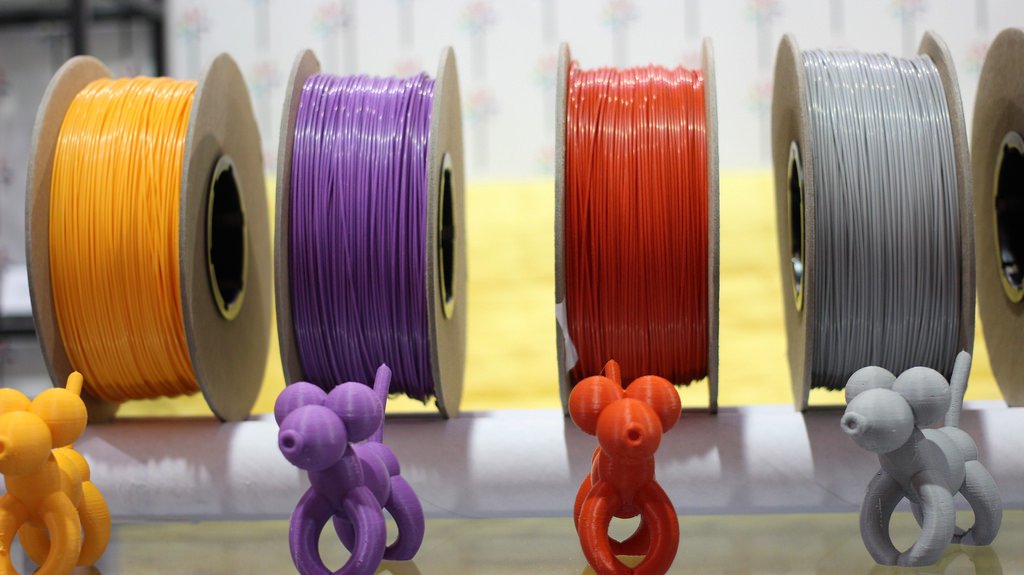
Before and After… (By Maurizio Pesce CC BY 2.0 licence)
This technology, established in the early 1980s, was previously confined to well-funded hospitals, car manufacturers, and aerospace engineers. The craft still permeates these industries today: hospitals, for example, are able to use 3D printing to manufacture new and improved prosthetics.
What’s different, nowadays, is the accessibility of the 3D printer.
In 2006, the first of the patents surrounding 3D printers began to expire. When they did, hobbyist and freelance computer crafters were among the first to take advantage of this new accessibility, but artists weren’t far behind.
Printers are now accessible to anyone who’s interested in owning one. Personal 3D printers range in price anywhere upwards of $250, but there are also kits that even enable the ambitious creator to make their own.
Over a decade after 3D printers became accessible to the general public, stories have broken about the printers being used to create new lines of makeup, certain types of food, and props for an innumerable amount of movies.
The usability of 3D printers has grown exponentially thanks to the creativity of the public that uses them.
Crafters can take advantage of the printers’ accessibility in order to further their craft – it’s all a matter of deciding how best to use the many opportunities a printer presents.
Here’s a great beginner’s primer on 3D printing:
Types of 3D Printer
According to Explaining The Future, there are essentially 4 categories of 3D printer:
- Thermoplastic extrusion printers
- Printers that solidify photocurable resin
- Printers that bind powder
- Printers that assemble layers of paper, plastic or metal
Number #1 is the most common, and is now developed to the point where printers can extrude more than just thermoplastics: other composites, clay, concrete and even food are now accessible.
How Does 3D Printing Work?
The key to 3D printing for crafters is understanding the entire process and what is expected from you.
Remember, there’s still a long way for home 3D printing to develop, so it will get easier as the technology becomes more sophisticated! If it seems a little complex now, you should know that it gets easier every time you try it.
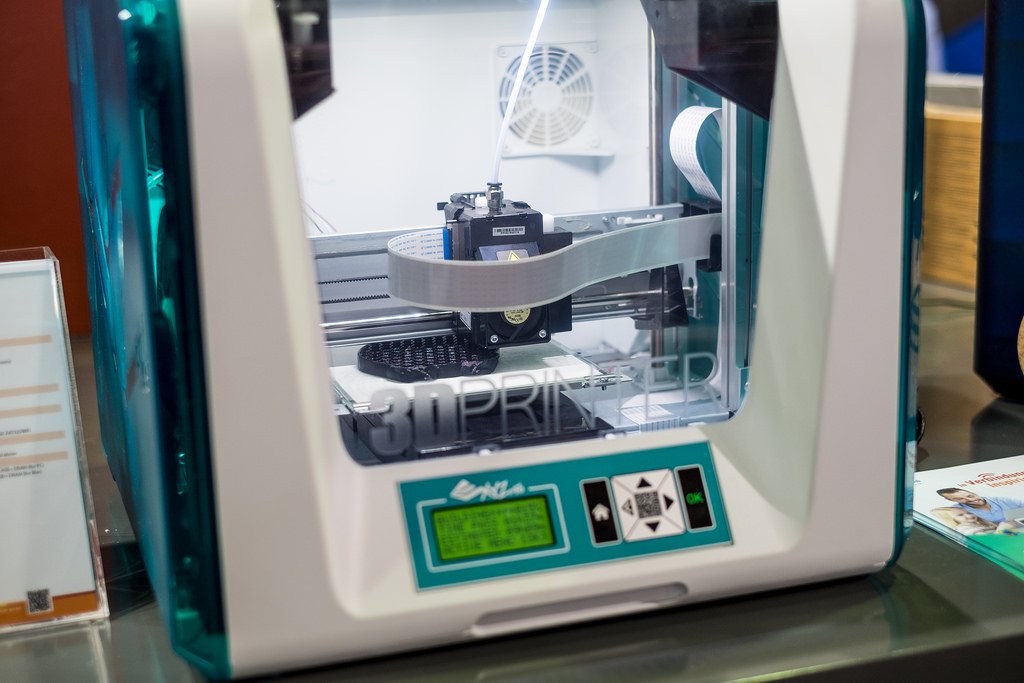
ByPROKārlis Dambrāns(CC BY 2.0 licence)
There are two steps to 3D printing for crafters:
1. 3D Modeling
To start, you need to know what it is that you want to 3D print.
Pick an object — any object. In order to print it, you’ll need to create a 3D model of it.
Sometimes this is as simple as downloading a pre-existing virtual model from sources on the Internet, like thingiverse.com.
If you want to get more hands-on with your project, however, you may want to download a 3D modeling program, which will allow you to design and create your own CAD files.

By Kholoudabdolqader (CC BY-SA 4.0 licence)
Beginners should look to Tinkercad or SketchUp — both allow for guided modeling in order to make the process more accessible. Other programs, including Blender and onshape.com, allow for more refined control over your model, but you trade more power for more complexity.
Alternatively, you could look into using a 3D scanner. This does exactly what it sounds like — scans an existing 3D object and turns it into a CAD file for you.
There are plenty of tutorials online that will make the design process easier, but it’s up to you how involved with your design you want to be.
Use any of these tools in order to design the object you want printed.
Interested in making chain mail for a Halloween costume? 3D printers can print that. Want a replacement bobbin for your sewing machine? It might be a little tricky, but 3D printers can also print that.
Make sure your design is solid, watertight — you don’t want to leave behind any unintentional holes in the real-world object.
After you’ve designed your model, you’ll need to export the model from your software application as an STL file.
Then, you’ll need to slice it up — that is, divide the model into 2D layers, and produce exact instructions for how the printer to produce those layers. This requires a slicing program.
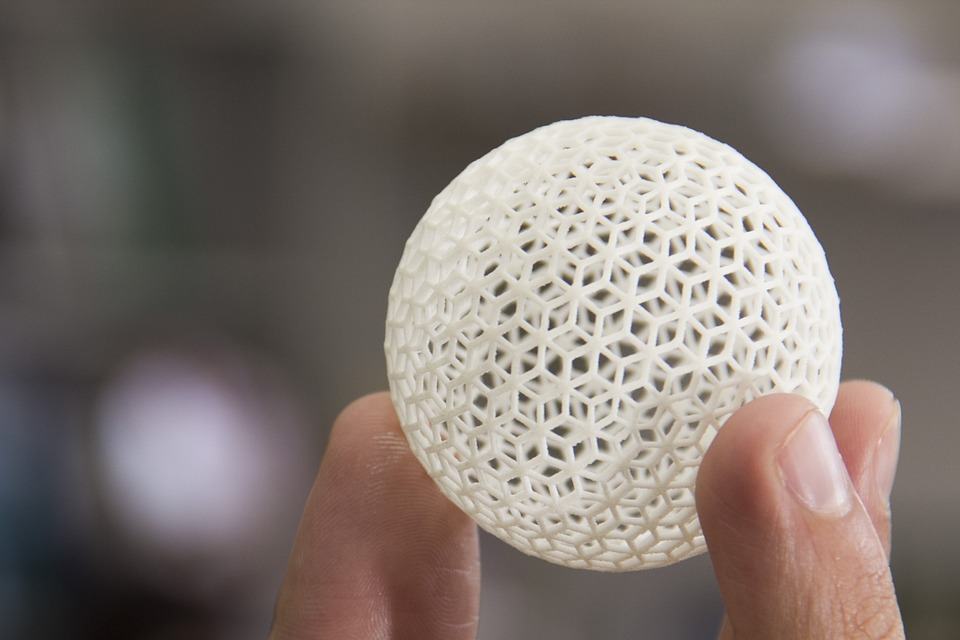
Usually, licenses for slicing programs are provided when you purchase your 3D printer or, if not, you’ll have to use a third party program and copy the output of the slicer to an SD card and plug that card into your printer.
2. Printing
After all the effort you’ve put into designing your model, feeding it into the printer will feel like a piece of cake. Transfer the output of your slicer to the printer (by either USB, SD card or WiFi) and let it go to work.
After that, it’s a process of waiting.
Your 3D printer guides the filament (material) you provide it into a heated nozzle, where it is melted until pliable.
After that, the printer lays down the filament on a pre-determined path, building up all the individual layers of your design until your model is complete.
You can use a variety of materials when printing — various plastics, wood, rubber, and even some edible materials.

By Gui le chat (CC BY-SA 4.0 licence)
Spools of filament can be purchased by the pound (or kg) from the same company you purchase your 3D printer from. Be sure to check what materials your printer can use, as some can only print a very limited variety of materials.
Printing small designs can take anywhere from 20 to 40 minutes. Larger designs can take a considerable amount of time depending on their level of detail and eventual size.
What Can I Craft with a 3D Printer?
3D printers are used in a variety of settings, ranging from hospitals, where they can be used to create stents or artificial bone replacements, to computer labs, where they’re used to help makers realize elaborate and detailed projects.
It can sometimes be difficult to imagine a 3D printer assisting with your crafting, but it’s possible in more ways than one.
As mentioned above, 3D printers can be used to create replacement parts for some of your crafting machines.
Print your own set of knitting needles, replacement bobbins, or even a tray to hold your paints (be careful, though! Most filament material is porous – your paints may permanently stain the plastic).
Likewise, several creative folks have used 3D printers in order to create geometrically complicated works of art. The Smithsonian Institution in Washington 3D printed a bust of President Obama in 2014 as part of a long-term 3-D program.
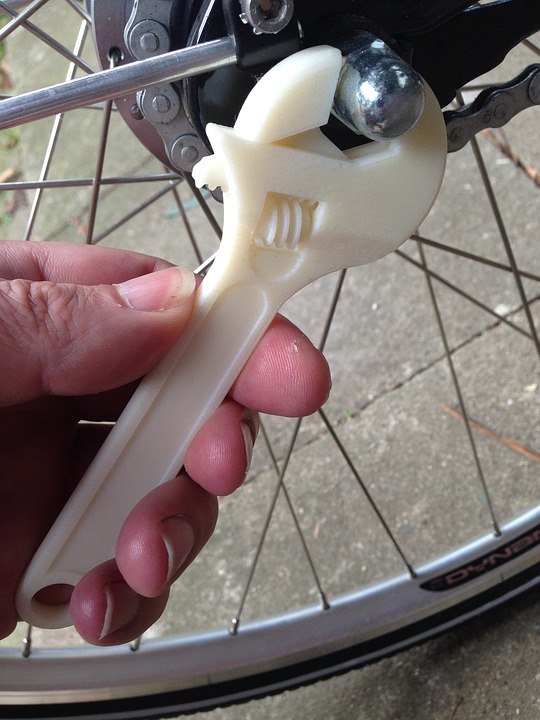
Artists ranging from Ji Lee to Xuedi Chen and Pedro Oliveira have broken into 3D printing, creating public art and works of fashion, respectively.
Interested in moving beyond making props for your Halloween costumes? Get creative and design a one-of-a-kind outfit.
Want to realize complex sculptures? Design them in the aforementioned computer programs and watch them come to life.
Feel like working with something smaller but no less crafty? 3D print a picture frame to put some of your child’s artistic work in.
Or, if you really want to break the mold, start 3D printing your own makeup. Makeup is art all on its own, and Grace Choi’s Mink 3D printers allow you to experiment with cosmetics made with FDA approved filament materials.
There’s little limit to the work you can do with a 3D printer. All it takes is a little creativity.
Pros and Cons of 3D Printing
How practical is it, though, for you to go out and buy or make your own 3D printer?
The Positives
Customizeable Projects
3D printers enable you to customize your projects from start to finish.
You can have a say in the original design of your creation: you can even choose for yourself what material it’s made up of.
3D printing is hands-on, just like any craft.
Likewise, 3D printed creations can be extraordinarily precise. Intricate or miniscule projects will be as detail-oriented as their larger versions. You can also make several copies of the same product, identical or with variations.
If you usually create large scale projects, you may find a 3D printer useful for creating a smaller prototype of your end result.
Phenomenally Versatile
3D printers are also phenomenally versatile in what they can make.
Do you need to replace a part in your sewing machine? Doable. Do you want to create a miniature gardening trellis for your window box tomatoes? Also doable.
You can branch into craft realms previously unexplored if only you have the imagination for it.
We’ve only been experimenting with 3D printing for a couple of months at the time of writing, but it’s clear that this is something that can really help us take our creativity to the next level.
3D printing is the future.

The Drawbacks
Consider the Learning Curve
There is a risk, of course, that crafters working with 3D printers for the first time may have to endure a project or two that’s less precise than they originally imagined.
Designing models to be 3D printed is tricky business — it’ll take time before a project comes out perfectly, just like any kind of craft work.
Don’t underestimate the time and effort investment you’ll have to make with 3D printing — at least when you’re getting started.
And there’s always more to learn — whether it’s designing your own models, moving into scanning or upgrading your printer, there’s a lot of room to improve your skills.
Cost
Not to forget the variety in 3D printer price.
The cost of a 3D printer depends on where you choose to buy it from, whether or not you decide to make one yourself or from a kit, and other customizable details.
How much money you spend depends entirely on you, and that can feel like a lot of responsibility if you don’t feel overly experienced in the 3D printer market.
We think that if you’re reasonably computer savvy and are keen to expand your crafting repertoire, you’ll find a lot to love about 3d printing.
The Best 3D Printers for Crafting
We’ll update this section as soon as we’ve tested all the worthy contenders!
All in All
3D printing is not just for the technologically minded. It lends itself to crafting and artwork and has been since the mid 2000s.
Interested in giving 3D printing a whirl? You may not even have to buy a printer of your own. Check your local library and see if they’ve set up a printing station.
Go to Google and look for makerspaces in your area. There are communities that have developed around the opportunity to create, and your crafting can be a part of them.
Feel free to look into a printer for yourself, as well, and explore the outer edges of your creativity. There’s no limit to the crafting that 3D printing can allow you to do. It’s up to you whether or not you want to seize those new opportunities.
Have you tried 3D printing yet?

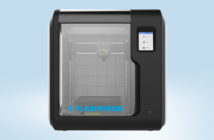
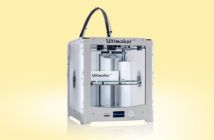
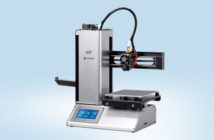

No Comments
Pingback: Silhouette Alta 3D Printer Guide